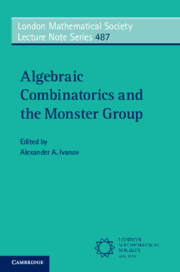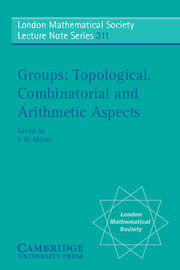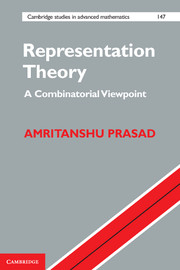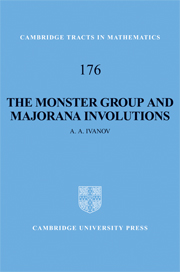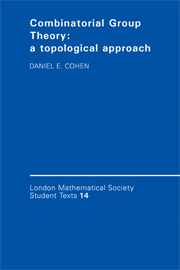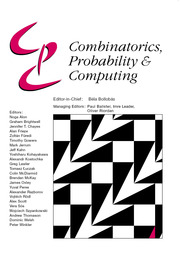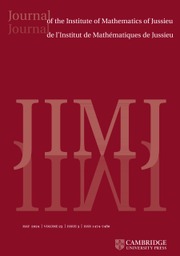Algebraic Combinatorics and the Monster Group
Covering, arguably, one of the most attractive and mysterious mathematical objects, the Monster group, this text strives to provide an insightful introduction and the discusses the current state of the field. The Monster group is related to many areas of mathematics, as well as physics, from number theory to string theory. This book cuts through the complex nature of the field, highlighting some of the mysteries and intricate relationships involved. Containing many meaningful examples and a manual introduction to the computer package GAP, it provides the opportunity and resources for readers to start their own calculations. Some 20 experts here share their expertise spanning this exciting field, and the resulting volume is ideal for researchers and graduate students working in Combinatorial Algebra, Group theory and related areas.
- Written by some 20 expert contributors: providing content enriched with different perspectives from a range of expertise
- Contains a manual introduction to a computer package in GAP: allowing readers to start own calculations
- Provides meaningful examples of Vertex Operator Algebras
Reviews & endorsements
'Describing the Monster group mathematical structures is the culmination of decades of work. Just as the largest Mathieu group framed the 24-dimensional Leech lattice, so also that lattice is the foundation for constructing the Moonshine Module and the Monster algebra, through which the Monster has become central in a theory with deep connections to modern physics. The first part of the book is a collection of five papers on the Monster and other algebraic structures, presented by international leaders in the area providing an outsider with the necessary content and concepts. It presents an account of the current status of the theory and available computational tools for studying the Monster and its algebras. The machinery for developing Majorana theory and axial algebras underpinning the Monster is based on Algebraic Combinatorics, to which the second part of this collection is devoted.' Cheryl Praeger, Emeritus Professor, University of Western Australia
''Monstrous Moonshine', an unexpected correspondence involving the largest sporadic simple group, the classical modular function, and conformal field theory, was one of the greatest discoveries of the twentieth century. The modern approach, pioneered by Alexander Ivanov, involves Majorana algebras; the theory is clearly explained here. Among other jewels in the book is a geometric discussion of the Freudenthal - Tits 'magic square', linking the exceptional Lie algebras with the real, complex, quaternion and octonion number fields.' Peter Cameron, University of St Andrews
Product details
No date availablePaperback
9781009338042
582 pages
229 × 152 × 30 mm
0.86kg
Table of Contents
- Part I. The Monster:
- 1. Lectures on vertex algebras Atsushi Matsuo
- 2. 3-Transposition groups arising in vertex operator algebras Hiroshi Yamauchi
- 3. On holomorphic vertex operator algebras of central charge 24 Ching Hung Lam
- 4. Maximal 2-local subgroups of the Monster and Baby Monster Ulrich Meierfrankenfeld and Sergey Shpectorov
- 5. The future of Majorana theory II Alexander A. Ivanov
- Part II. Algebraic Combinatorics:
- 6. The geometry of Freudenthal-Tits magic square Hendrik Van Maldegham
- 7. On generation of polar Grassmanisns Ilaria Cardinali, Lucca Giuzzi and Antonio Pasini
- 8. Ovoidal maximal subspaces of polar spaces Antonio Pasini and Hendrik Van Maldegham
- 9. On the behaviour of regular unipotent elements from subsystem subgroups of type A_n with special highest weights Tatsiana S. Busel and Irina D. Suprunenko
- 10. Some remarks on the parameter c_2 for a distance-regular graph with classical parameters Jack H. Koolen, Jongyook Park and Qianqian Yang
- 11. Distance-regular graphs, the subconstituent algebra, and the q-polynomial property Paul Terwilliger
- 12. Terwilliger algebras and the Weisfeiler-Leman stabilization Tatsuro Ito
- 13. Extended doubling of self-complementary strongly regular graphs and an analogue for digraphs Takuya Ikuta and Akihiro Munemasa
- 14. Using GAP package for research in graph theory, design theory and finite geometries Leonard H. Soicher.

